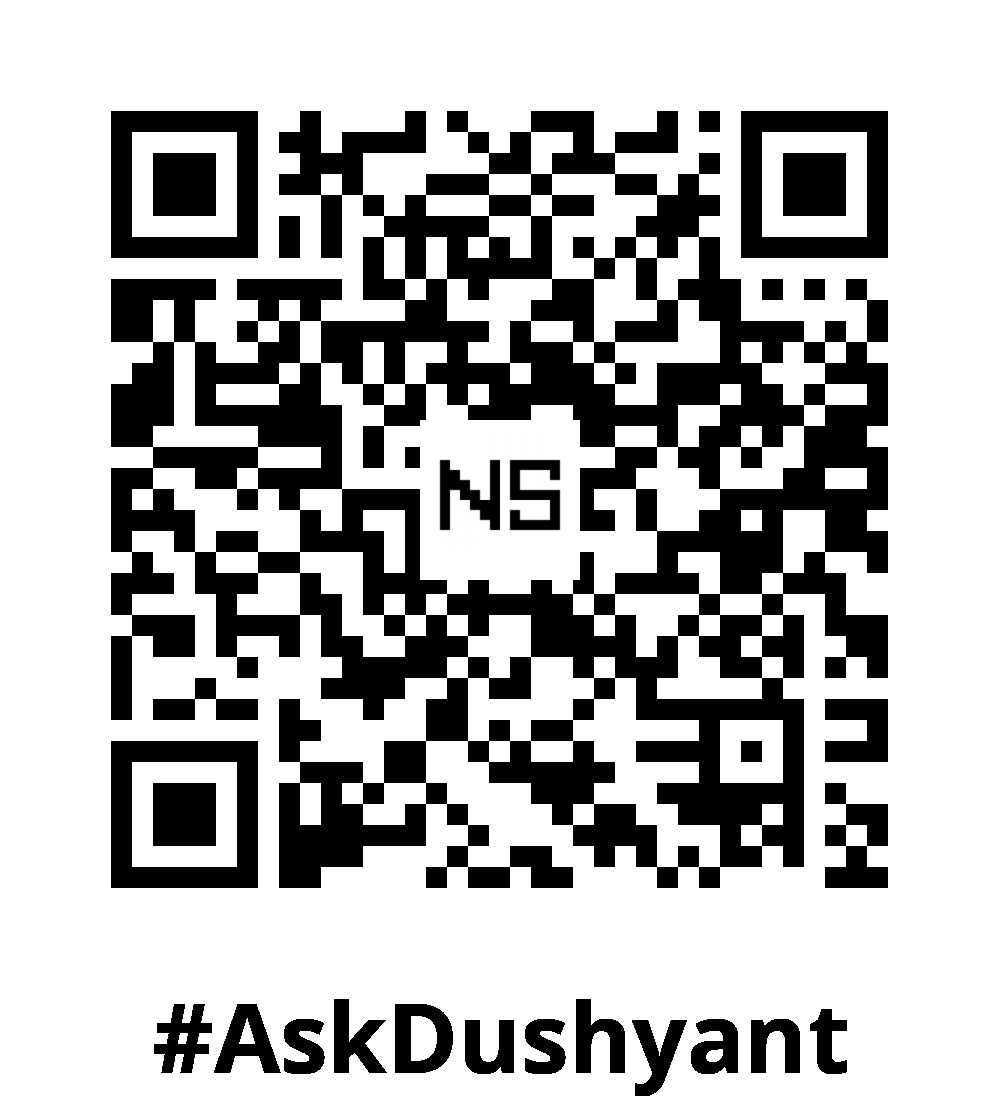In the modern DevOps ecosystem, Docker and Kubernetes stand out as indispensable tools that enable efficient containerization and orchestration of applications. The life of DevOps professionals around the tech world has become easier and more simplified with the use of these two complementary technologies. In this tech concept, we break down their concepts, usage, and key differences to help you understand how they contribute to streamlined development and deployment processes.
Docker
Docker is a platform that allows developers to automate the deployment of applications inside lightweight, portable containers. Containers package an application and its dependencies, ensuring consistency across various environments.
Key Concepts
- Containers: Lightweight, standalone, and executable packages that include everything needed to run a piece of software, including the code, runtime, libraries, and system tools.
- Images: Read-only templates used to create containers. An image includes the application code, a runtime environment, libraries, and dependencies.
- Dockerfile: A text file with instructions on how to build a Docker image. It specifies the base image, application code, dependencies, and commands to run.
- Docker Hub: A cloud-based registry service where Docker images are stored and shared.
Basic Workflow
- Write a Dockerfile: Define the environment and application setup.
- Build an Image: Create an image from the Dockerfile.
docker build -t nextstruggle_app:latest .- Run a Container: Launch a container from the image.
docker run -d -p 80:80 nextstruggle_app:latest- Manage Containers: Start, stop, and manage running containers.
docker ps # List running containers
docker stop <container_id> # Stop a container
docker rm <container_id> # Remove a containerKubernetes
Kubernetes (often abbreviated as K8s) is an open-source platform designed to automate deploying, scaling, and operating application containers. It orchestrates a cluster of machines to manage containerized applications.
Key Concepts
- Cluster: A set of nodes (machines) that run containerized applications managed by Kubernetes.
- Node: A single machine in a Kubernetes cluster, which can be either a physical machine or a virtual machine.
- Pod: The smallest deployable unit in Kubernetes, which can contain one or more containers that share storage and network resources.
- Deployment: A resource object in Kubernetes that provides declarative updates to applications. It manages the desired state for Pods and ReplicaSets.
- Service: An abstraction that defines a logical set of Pods and a policy by which to access them, often used to expose applications.
- Namespace: A way to divide cluster resources between multiple users or teams.
Basic Workflow
- Set Up a Cluster: Use a managed Kubernetes service (e.g., Google Kubernetes Engine, Amazon EKS) or set up a local cluster with Minikube.
- Define Deployment: Write a YAML file to define a deployment.
apiVersion: apps/v1
kind: Deployment
metadata:
name: nextstruggle_app-deployment
spec:
replicas: 3
selector:
matchLabels:
app: nextstruggle_app
template:
metadata:
labels:
app: nextstruggle_app
spec:
containers:
- name: nextstruggle_app
image: nextstruggle_app:latest
ports:
- containerPort: 80- Deploy the Application: Apply the YAML configuration to the cluster.
kubectl apply -f deployment.yaml- Expose the Application: Create a service to expose the deployment.
apiVersion: v1
kind: Service
metadata:
name: nextstruggle_app-service
spec:
selector:
app: nextstruggle_app
ports:
- protocol: TCP
port: 80
targetPort: 80
type: LoadBalancer- Scale the Application: Adjust the number of replicas as needed.
kubectl scale deployment nextstruggle_app-deployment --replicas=5- Monitor and Manage: Use
kubectlcommands to monitor and manage the cluster.
kubectl get pods # List all Pods
kubectl get services # List all Services
kubectl get nodes # List all NodesDocker vs. Kubernetes
- Scope:
- Docker: Focuses on containerizing individual applications.
- Kubernetes: Focuses on orchestrating and managing multiple containerized applications across a cluster of machines.
- Usage:
- Docker: Suitable for development, testing, and single-server deployments.
- Kubernetes: Suitable for large-scale, distributed, and highly available applications.
- Components:
- Docker: Includes Docker Engine, Docker Compose, and Docker Swarm (for orchestration).
- Kubernetes: Includes multiple components like kube-apiserver, kube-scheduler, kube-controller-manager, and more.
My Tech Advice: As a seasoned tech advisor and entrepreneur, I have found Docker and Kubernetes to be two complementary tools that seamlessly enhance the DevOps process, keeping ease of use, scalability, and availability of applications in mind. With many cloud services seamlessly providing support for these two technologies, one can confidently look to Docker and Kubernetes as foundational tools. Docker is used for creating and managing containers, while Kubernetes is used for orchestrating and managing those containers across a cluster. Together, they provide a powerful ecosystem for developing, deploying, and scaling applications efficiently.
#AskDushyant
#DevOps #Docker #Kubernetes #Containerization #Orchestration #CloudComputing #ApplicationDeployment #TechBlog #Scalability #Automation


Leave a Reply